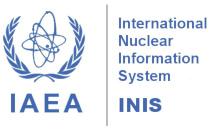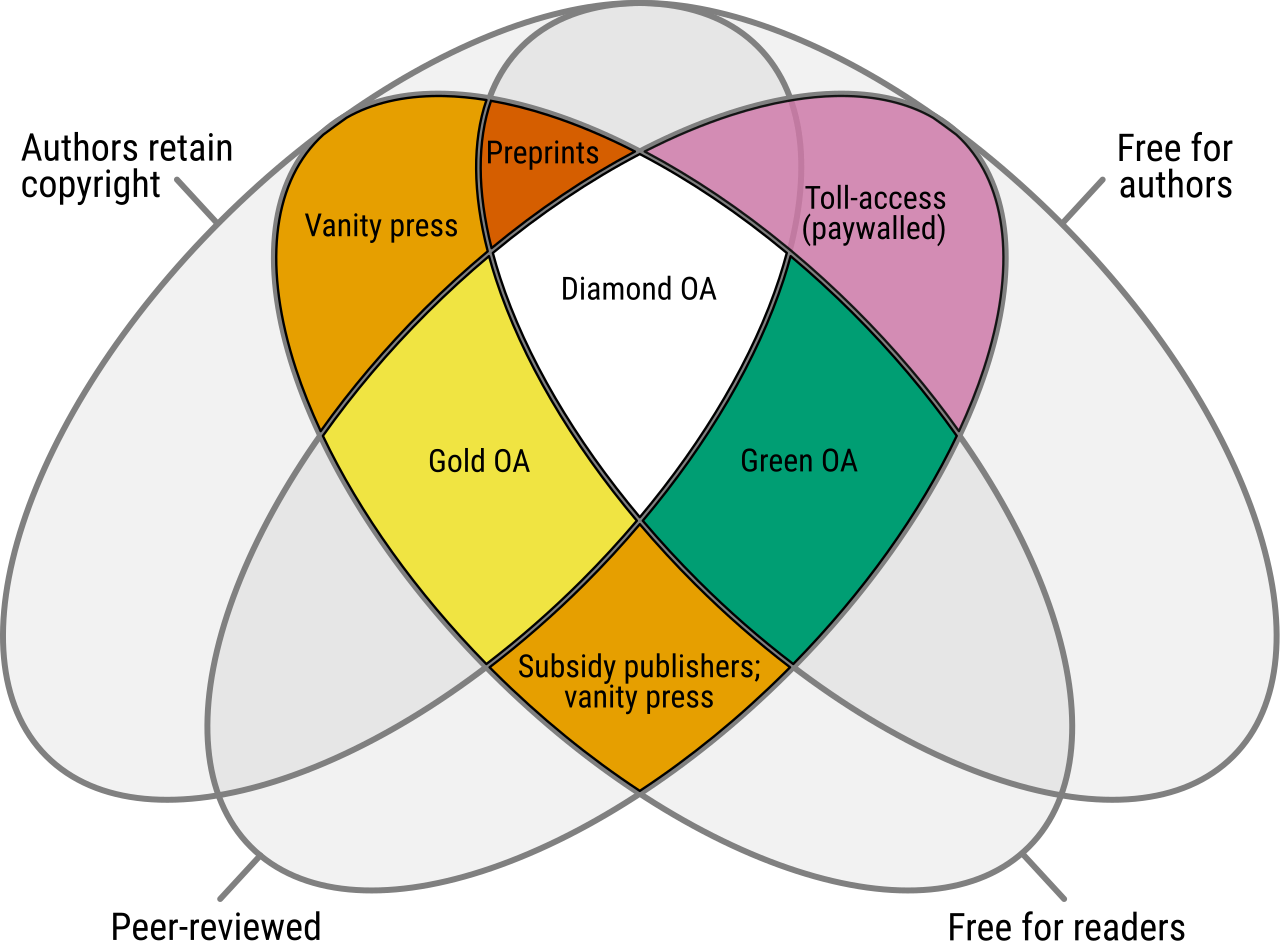Influencia de la Radiación Ionizante en la Manufactura Aditiva de ABS
DOI:
https://doi.org/10.15392/2319-0612.2025.2965Palabras clave:
ABS, Irradiación Gamma, Propiedades Mecánicas, Impresión 3DResumen
Este trabajo presenta un análisis sobre cómo un material común en la impresión 3D, el ABS, responde a la interacción constante con la radiación ionizante. Se propone, por lo tanto, una investigación detallada sobre los cambios en la estructura física y química de este material. Para ello, se prepararon cuerpos de prueba impresos específicamente para cada ensayo ejecutado, siendo estos sólidos y con un relleno del 20%. De esta manera, los ensayos se centraron en los cambios estructurales (fisicoquímicos) sufridos tras el contacto con la radiación. Así, algunos cuerpos de prueba fueron irradiados, mientras que otros no. A todos se les aplicaron pruebas de tracción, dureza, compresión y un ensayo balístico. Habiendo sido irradiados en el Instituto de Defensa Química, Biológica, Radiológica y Nuclear (IDQBRN), a través de una colaboración con el Instituto Militar de Ingeniería (IME), el objetivo de esta investigación es analizar no solo las modificaciones fisicoquímicas del filamento ABS, sino también determinar su durabilidad tras cierto período de exposición. El artículo examina cómo la radiación afecta las propiedades mecánicas de este material y discute las implicaciones para aplicaciones industriales y comerciales.
Descargas
Referencias
[1] L. Santana, J. L. Alves, A. C. Sabino Netto, C. Merlini, “Estudo comparativo entre PETG e PLA para impressão 3D através de caracterização térmica, química e mecânica”, Revista Matéria, vol. 23, no. 4, e-12267, 2018. doi: https://doi.org/10.1590/S1517-707620180004.0601. DOI: https://doi.org/10.1590/s1517-707620180004.0601
[2] BRIGGS, N.; SILVA, A. M. C. da; OLIVEIRA, A. P.; D’OLIVEIRA, D. C.; AMORIM, A. S. de, “Determination of the absorbed dose to water in Cs-137 research irradiator chambers using Fricke dosimetry”, Brazilian Journal of Radiation Sciences, vol. 12, no. 2, e2418, 2024. doi: https://doi.org/10.15392/2319-0612.2024.2418. DOI: https://doi.org/10.15392/2319-0612.2024.2418
[3] ASTM Standard Test Method for Tensile Properties of Plastics; ASTM D638-14; ASTM International: West Conshohocken, PA, 2014. Disponível em: https://www.astm.org/d638-14.html
[4] ASTM, Standard Test Method for Compressive Properties of Rigid Plastics, ASTM D695-15, ASTM International, 2015. [Online]. Available: https://www.astm.org/d0695-15.html
[5] A. B.-H. d. S. Figueiredo, H. d. C. Vital, R. P. Weber, et al., “Ballistic tests of alumina-hmwpe composites submitted to gamma radiation”, Materials Research, vol. 22, e20190251, 2019. doi: https://doi.org/10.1590/1980-5373-MR-2019-0251. DOI: https://doi.org/10.1590/1980-5373-mr-2019-0251
[6] ASTM, A. international, standard test method for rubber property-durometer hardness. [Online]. Avail-able: https://www.%20astm.org/.
[7] CHARLESBY, A., Atomic Radiation and Polymers, Pergamon Press, 1991.
[8] CHMIELEWSKI, A. G. et al., “Radiation modification of polymers for biomedical applications”, Nuclear Instruments and Methods in Physics Research B, vol. 236, pp. 44–52, 2005. DOI: https://doi.org/10.1016/j.nimb.2005.03.247
[9] CALLISTER, W. D.; RETHWISCH, D. G., Materials Science and Engineering: An Introduction, 10th ed., Wiley, 2018.
[10] BASF. Gamma Irradiation of Polymers – Technical Report. BASF, 2004.
[11] RIVATON, A.; GILLES, S.; CHAILAN, J. F., “Influence of irradiation on polymer morphology and mechanical response”, Polymer Degradation and Stability, vol. 91, no. 8, pp. 1876–1884, 2006.
[12] ZHAO, H.; ROTH, C. B.; KIM, M. J., “Effects of gamma radiation on the mechanical and morphological properties of polymer composites”, Radiation Physics and Chemistry, vol. 160, pp. 132–140, 2019.
[13] OSHIMA, A.; ITO, H.; NAKAYAMA, H., “Radiation-induced crosslinking in amorphous thermoplastics.” In: Proceedings of the International Symposium on Polymer Science and Technology, 2015, Kyoto, Japan. Kyoto: Japan Atomic Energy Agency, 2015.
[14] DIZON, J. R. C.; ESPAÑA, M. S.; VALERIANO, C. J., “Post-processing of AM polymers for enhanced interlayer adhesion.” In: Proceedings of the International Conference on Additive Manufacturing Research and Innovation, 2018, Manila, Philippines. Manila: De La Salle University Publishing House, 2018.
[15] GARCIA, M. A.; SANTOS, P. R.; TORRES, L. M., “Mechanical reproducibility in radiation-treated AM components.” In: Proceedings of the Latin American Conference on Polymers and Radiation Technology, 2021, São Paulo, Brazil. São Paulo: Brazilian Society for Radiation Sciences, 2021.
[16] BHATTACHARYA, A., CHOUDHURY, A., NARAYANAN, K., “Dose-dependent effects of gamma irradiation on ABS.” In: Proceedings of the International Radiation Materials Conference, 2019, Mumbai, India. Mumbai: Bhabha Atomic Research Centre, 2019.
[17] DROBNY, J. G., Handbook of Polymer Testing, CRC Press, 2010.
[18] ZHANG, L. et al., “Effects of radiation on the mechanical performance of crosslinked polymer composites”, Polymer Testing, vol. 93, 106990, 2021.
Descargas
Publicado
Número
Sección
Categorías
- International Joint Conference Radio (RADIO)
- The Meeting on Nuclear Applications (ENAN)
- Brazilian Congress on Metrology of Ionizing Radiation (CBMRI)
- Latin-American Congress on Solid State Dosimetry and Radiation Measurements (LASSD)
- International Radiation Protection Association (IRPA)
- II Simpósio Internacional sobre Protección Radiologica, Cusco (SIPR)
- IX Congresso de Proteção Contra Radiações da Comunidade dos Países de Língua Portuguesa (PCR-CPLP)
- Semana Nacional de la Ingeniería Nuclear y Energética y de las Ciencias Radiológicas (SENCER)
Licencia
Derechos de autor 2025 Karine L. Carvalho, Wallace V. Nunes, Ary M. de Azevedo, Paulo C. R. Silveira

Esta obra está bajo una licencia internacional Creative Commons Atribución 4.0.
Licencia: los artículos de BJRS tienen una licencia internacional Creative Commons Attribution 4.0, que permite el uso, el intercambio, la adaptación, la distribución y la reproducción en cualquier medio o formato, siempre que se otorgue el crédito correspondiente al autor o autores originales y a la fuente, proporcione un enlace a la licencia Creative Commons e indique si se realizaron cambios. Las imágenes u otros materiales de terceros en el artículo están incluidos en la licencia Creative Commons del artículo, a menos que se indique lo contrario en una línea de crédito al material. Si el material no está incluido en la licencia Creative Commons del artículo y su uso previsto no está permitido por la regulación legal o excede el uso permitido, el autor deberá obtener el permiso directamente del titular de los derechos de autor. Para ver una copia de esta licencia, visite http://creativecommons.org/licenses/by/4.0/






















